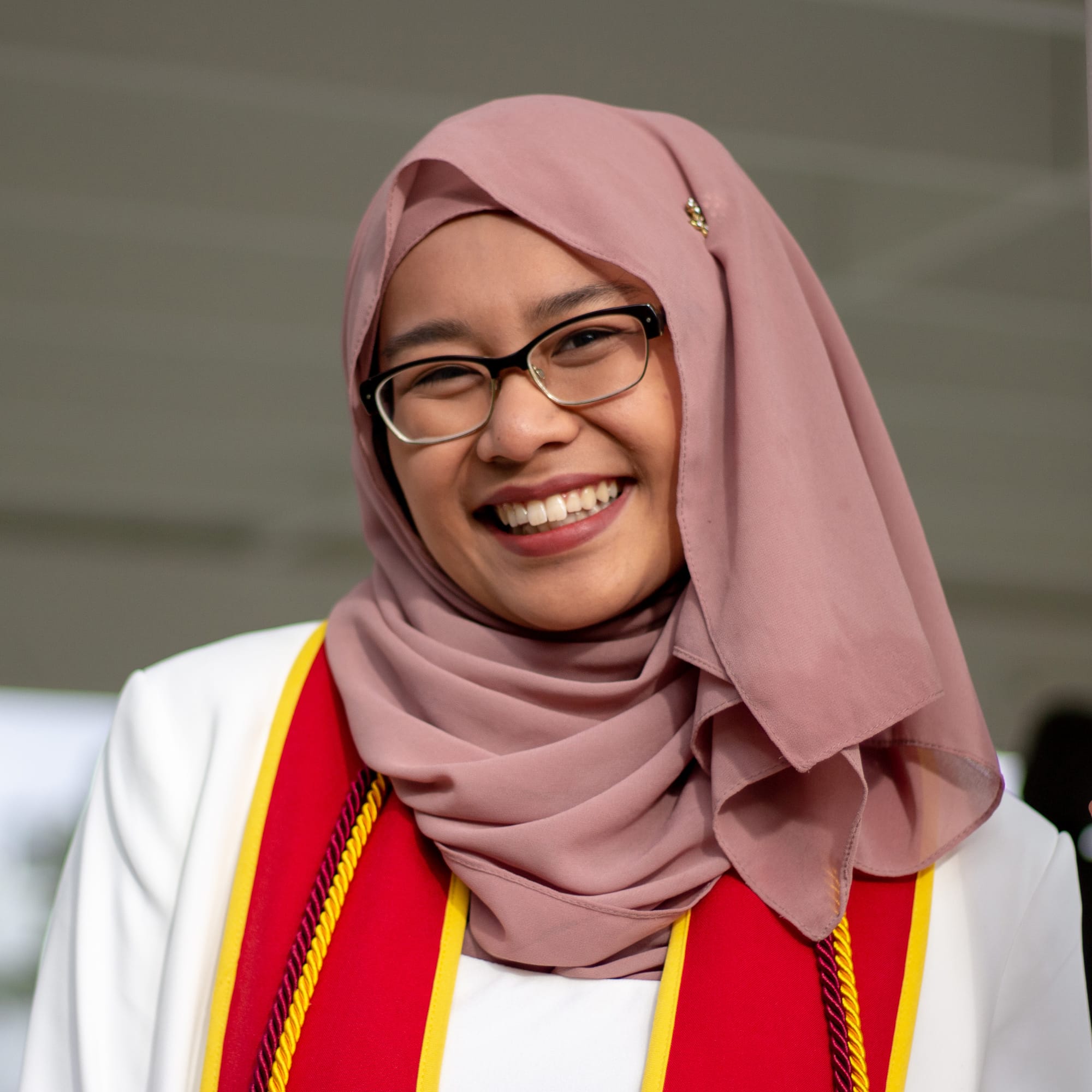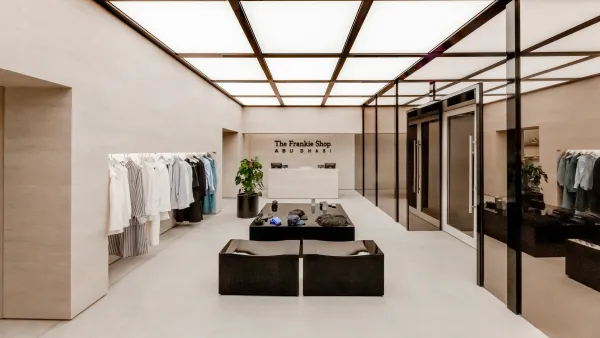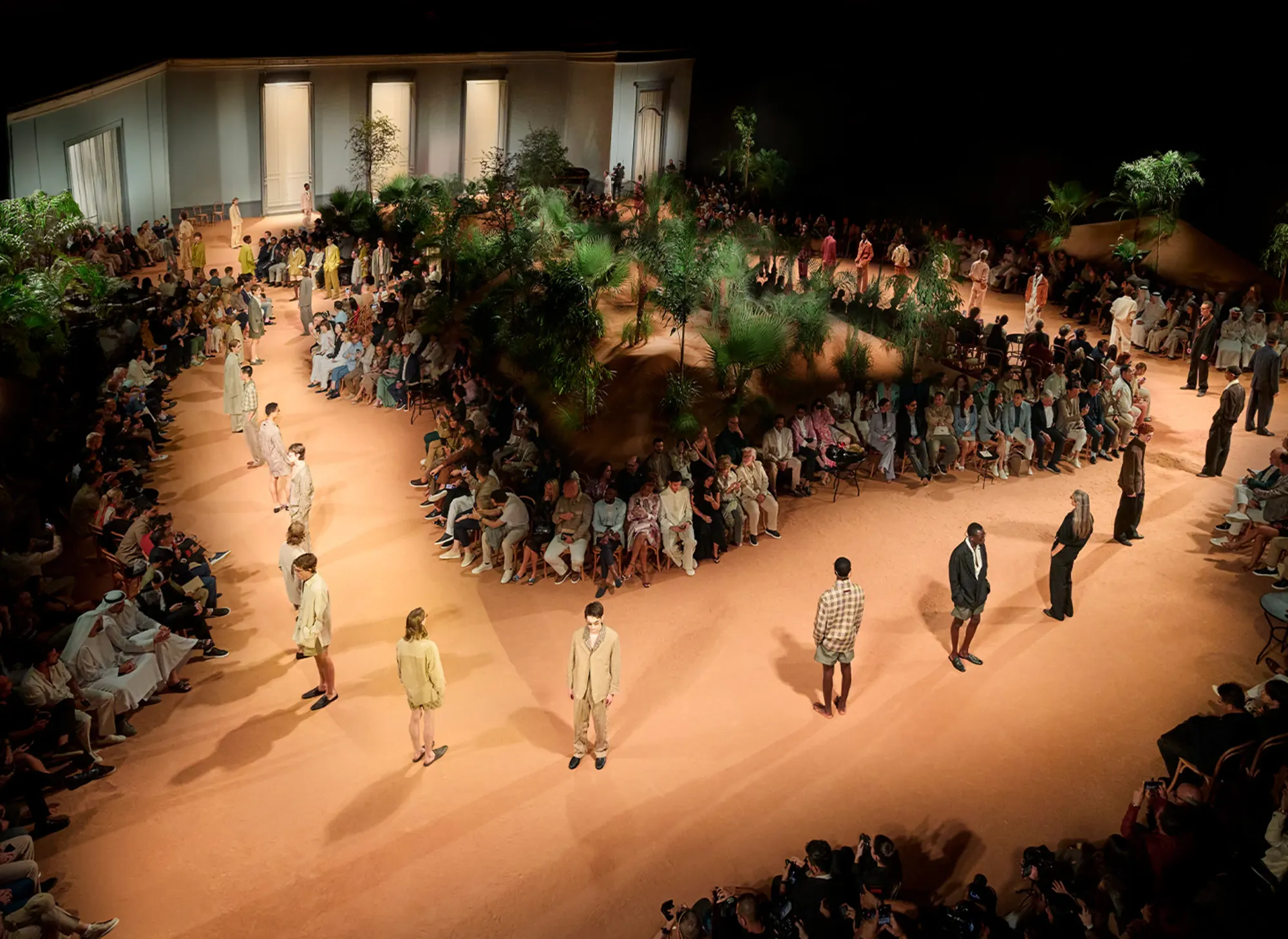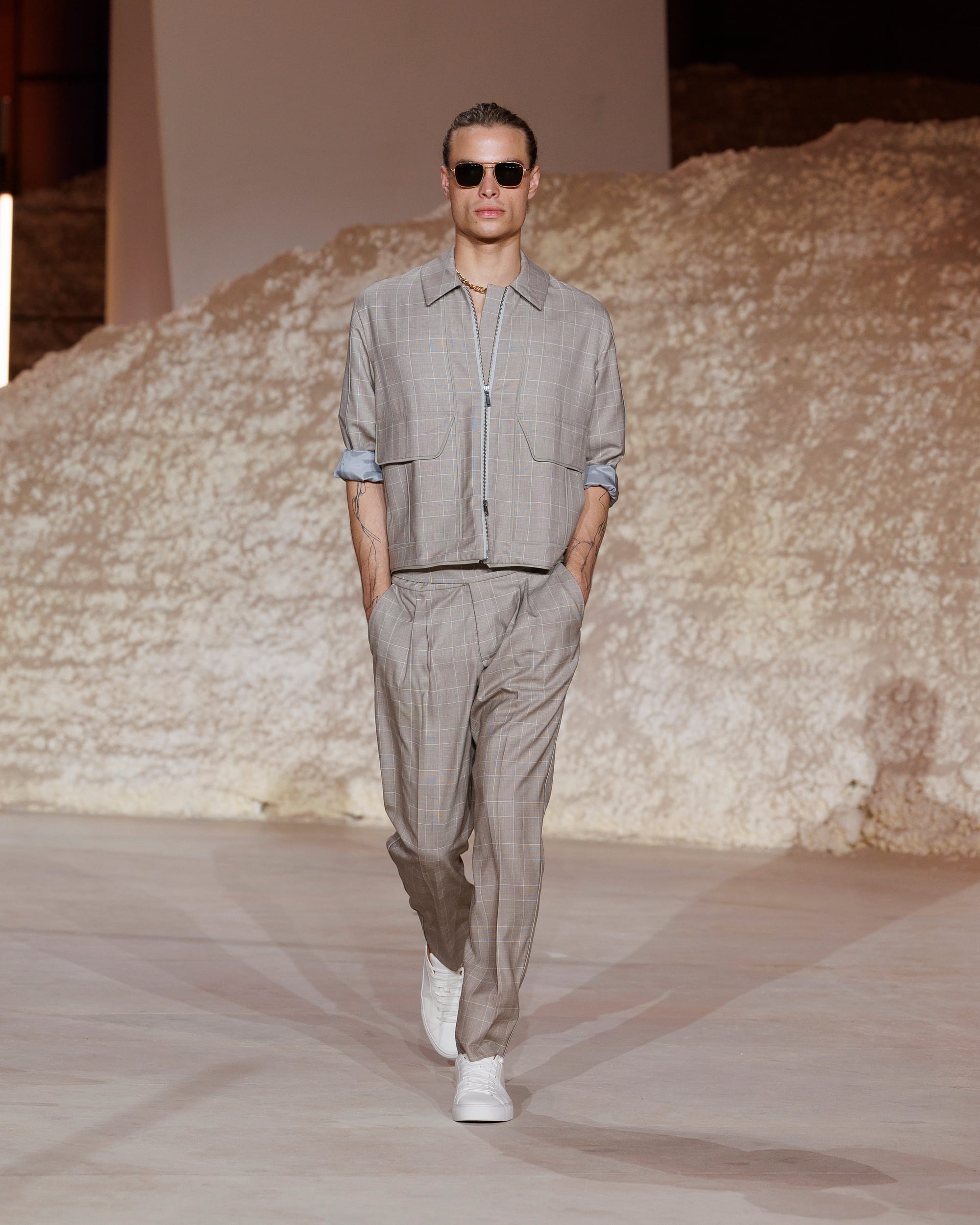From bling to barely there: How the Middle East is falling in love with quiet luxury
Long before the term “quiet luxury” was coined in the West, the Middle East was already embracing minimalist, elegant fashion.




Long before the term “quiet luxury” was coined in the West, the Middle East was already embracing minimalist, elegant fashion.

When Zegna chose Dubai to stage its first-ever show outside Italy, it made a loud statement about where the future of luxury was headed.
On June 11, the Italian menswear house presented 54 new laid-back looks, featuring loose suits, shorts, and tunics in muted earth tones — fitting for the oasis backdrop. The showcase continued at Villa Zegna Dubai, an invitation-only experience that offered a complete multisensory immersion into the brand’s style codes and heritage.
Zegna, which reported strong double-digit sales in the Middle East in Q1 2025, is one of several quiet luxury brands steadily expanding in the region. Brunello Cucinelli held a fashion show in Dubai in November 2024, The Frankie Shop revealed an exclusive Abu Dhabi collection in April, and Jil Sander opened a sleek, minimalist store in the Mall of Emirates that same month.
After sidestepping much of the broader luxury slowdown, stealth-wealth labels are now turning to the Middle East for their next phase of growth. But they should note how the region defines quiet luxury on its own terms.

“Quiet luxury” became the hottest buzzword of 2023, fueled by a shift toward conscious consumption and pop culture moments like HBO’s Succession. While there is a global debate about whether this trend is now dying or simply evolving, in the Middle East, it remains very much alive.
In 2024, the ultra-high-end luxury segment grew by 6% compared to the previous year, with Louis Vuitton, Dior, Hermès, Chanel, and Loro Piana collectively representing more than half of the GCC high-end fashion market, according to the Chalhoub Group.
While the term itself is relatively new, “the appetite for discreet, modest, and sophisticated luxury pieces has always existed in certain circles, such as the princesses and legacy families,” said Reiting Lee, founder of boutique fashion consultancy The Oriental Hybrid.
“Meanwhile, the rise of regional designers showcasing the ‘Khaleeji Minimalism’ — embracing quieter palettes, minimalist silhouettes, and modernised heritage jewellery — contributes to the growth of this trend,” the Taipei and Riyadh-based consultant added.
Notably, regional designers aren’t just following global trends; they’re actively shaping them.
“Labels like Abadia out of Saudi Arabia are a perfect example: they’re mixing traditional craftsmanship with a super modern, minimalist aesthetic. It’s luxury, but it’s soft-spoken, thoughtful, and grounded in cultural roots,” Sennait Ghebreab, Program Leader Business BA Marangoni London, told The Meridio.
Noura Sulaiman is another Saudi luxury label that owns this style. As the namesake founder shares, the brand isn’t echoing a Western aesthetic but “honouring a sensibility that’s always been ours.”
“In our culture, luxury has always been expressed through discretion, through the quality of materials, the precision of tailoring, and the character of the person wearing it. You can sense it not just in what they wear but in how they carry themselves. It’s not only about fabric or cuts; it’s about poise, presence, and quiet confidence,” Sulaiman said.

Driven by resilient consumer confidence and rising disposable income, the Middle East’s personal luxury market is set to double from €15 billion in 2023 to €30-35 billion by 2030, according to Boston Consulting Group. Already, global brands are preparing for this future, with Jil Sander owner OTB signing a 25-year joint venture agreement with Chalhoub to open 15 stores over the next five years.
But to capture this spending, brands need to look beyond trends, tapping into the cultural etiquette and nuances of each Gulf market. As Ghebreab describes, “This is a region that celebrates duality. People here love a clean, quiet silhouette one day and go full-on glam the next, especially during big events, weddings, or red-carpet moments.”
Clearly, there’s a time and place for bolder pieces. However, “everyday lifestyle creates necessity for more subtle pieces,” said Koren Dasoar, creative director of Riyadh-based concept store Personage. “It’s also a matter of appropriateness. For both men and women, different settings call for different types of dress — with more formal settings calling for less bold and more subtle tastes.”
Building on this, Lee suggests that quiet luxury brands design for specific occasions, creating separate statement lines for festive events and family gatherings. She also recommends collaborating with regional artists to strengthen cultural relevance, such as Najdi weavers in Saudi Arabia or Talli women cooperatives in the UAE.
While loud fashion will always have its fans, what Gulf luxury consumers have consistently wanted — and continue to want — are designs that speak volumes without shouting.